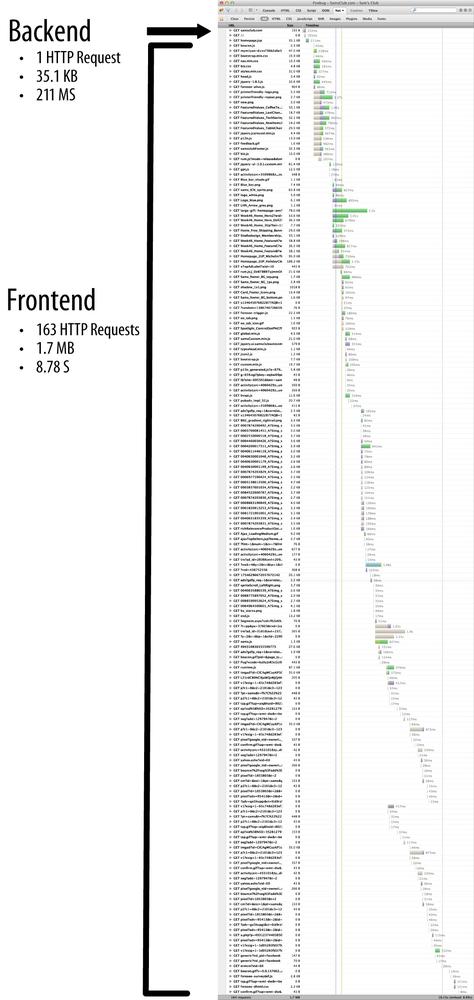Chapter 7. Content Delivery Networks
Content Delivery Networks, known as CDNs, are large distributed networks of servers that accelerate the delivery of your platform to your customers, provide security, assign customers to a data center if you operate more than one, provide throttling, and a host of other value adds. Their role in modern large-scale ecommerce is ubiquitous and often a necessity.
The largest CDN in the world has 137,000 servers in 87 countries.[49] Servers belonging to CDNs are often colocated directly in ISP/backbone vendors’ data centers and plugged directly into their high-speed networks. Chances are, a CDN has servers within a few milliseconds of where you live. It’s because of this proximity to customers that CDNs are often called edge computing. Often CDNs are entirely transparent to your customers.
An example of the value CDNs offer is in their acceleration of HTML-based web pages.
For most web pages, less than 10%–20% of the end-user response time is spent getting the HTML document from the web server to the web browser. If you want to dramatically reduce the response times of your web pages, you have to focus on the other 80%–90% of the end-user experience.
— Steve Souders High Performance Websites
Figure 7-1 shows a breakdown of the time it takes to load the home page of a popular US-based ecommerce website for an anonymous customer.

Get eCommerce in the Cloud now with the O’Reilly learning platform.
O’Reilly members experience books, live events, courses curated by job role, and more from O’Reilly and nearly 200 top publishers.

